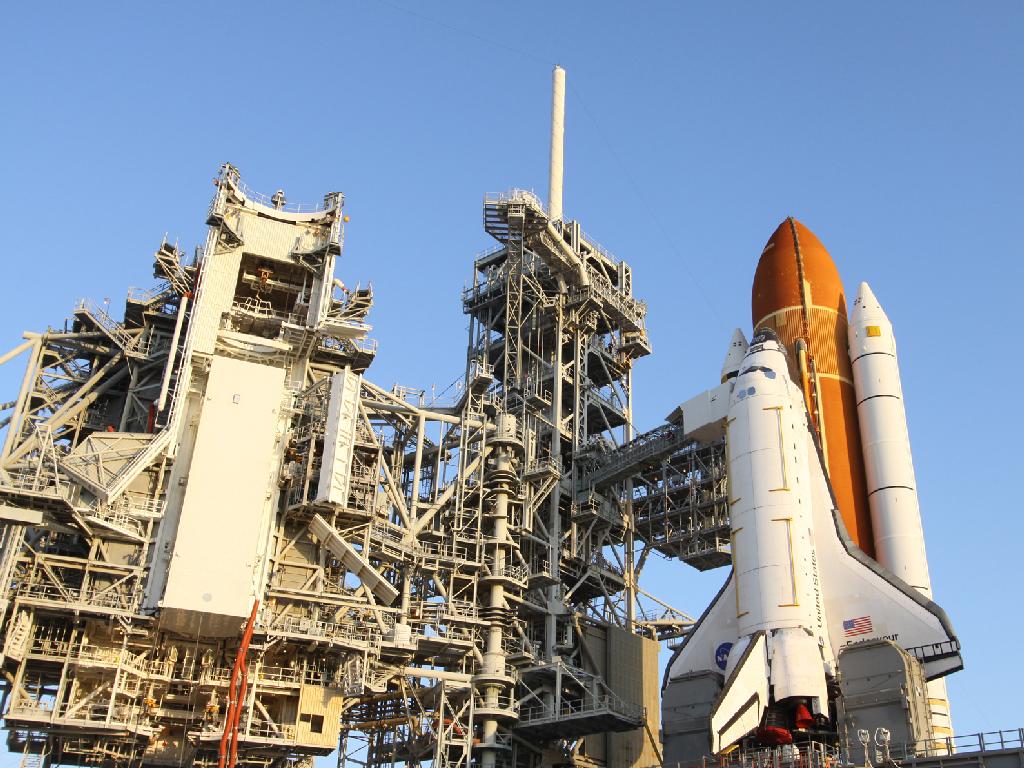How Did NASA Pick Endeavour's New Launch Time?

The space shuttle Endeavour was supposed to launch today (April 29) at 3:47 pm ET, but take-off has been rescheduled for Monday (May 2) at 2:33 pm ET. Last-minute mechanical problems caused the delay, but the shuttle can't simply launch as soon as engineers are done fixing them.
The shuttle only has a narrow slot of time in any given day during which to depart, called the "launch window." Because the orbit of the International Space Station – Endeavour's target – moves slightly from one day to the next, the shuttle's optimal launch window changes daily, typically moving up earlier in the day.
To determine the launch window for Endeavour's STS-134 mission, there are several critical factors scientists consider. Launch delays have ripple effects for the entire mission's timeline, particularly the shuttle's rendezvous and docking times at the International Space Station. [Infographic: How Endeavour Was Built from Spare Parts]
The limited amount of fuel onboard the shuttle means the docking times are calculated based on the station's location above the launch site at Kennedy Space Center here in Florida.
The space station flies over the space center twice a day for about 10 minutes at each pass. Shuttle launch times are set to when the angle of Earth's rotation will allow the orbiter to slip into the same plane that the space station is flying in. Those times shift with each passing day.
For example, the space shuttle Endeavour is now slated to lift off at 2:33 pm ET on Monday, 74 minutes earlier in the day than on its original launch target.
The shift keeps Endeavour on track for its arrival at the station while both fly 220 miles (354 km) above Earth traveling at 17,500 mph (28,164 kph) two days after launch.
Get the Space.com Newsletter
Breaking space news, the latest updates on rocket launches, skywatching events and more!
But there's more than just orbital mechanics involved in finding an optimal launch window.
Additional variables include the astronaut crew's sleep cycle, where the shuttle's external tank and solid rocket boosters will be released, wind and other weather forecasts on launch day, possible abort scenarios, mission-specific requirements, and even desired re-entry and landing times.
Last but not least, since the Columbia tragedy, NASA has installed many more cameras on the ground around the launch site and onboard each shuttles in order to monitor its condition during launch. This means the launch window must occur during the day to ensure good lighting for all those cameras.
When launches are delayed, their new liftoff time takes all these factors into consideration.
Join our Space Forums to keep talking space on the latest missions, night sky and more! And if you have a news tip, correction or comment, let us know at: community@space.com.

Natalie Wolchover was a staff writer for Live Science and a contributor to Space.com from 2010 to 2012. She is now a senior writer and editor at Quanta Magazine, where she specializes in the physical sciences. Her writing has appeared in publications including Popular Science and Nature and has been included in The Best American Science and Nature Writing. She holds a bachelor's degree in physics from Tufts University and has studied physics at the University of California, Berkeley.










